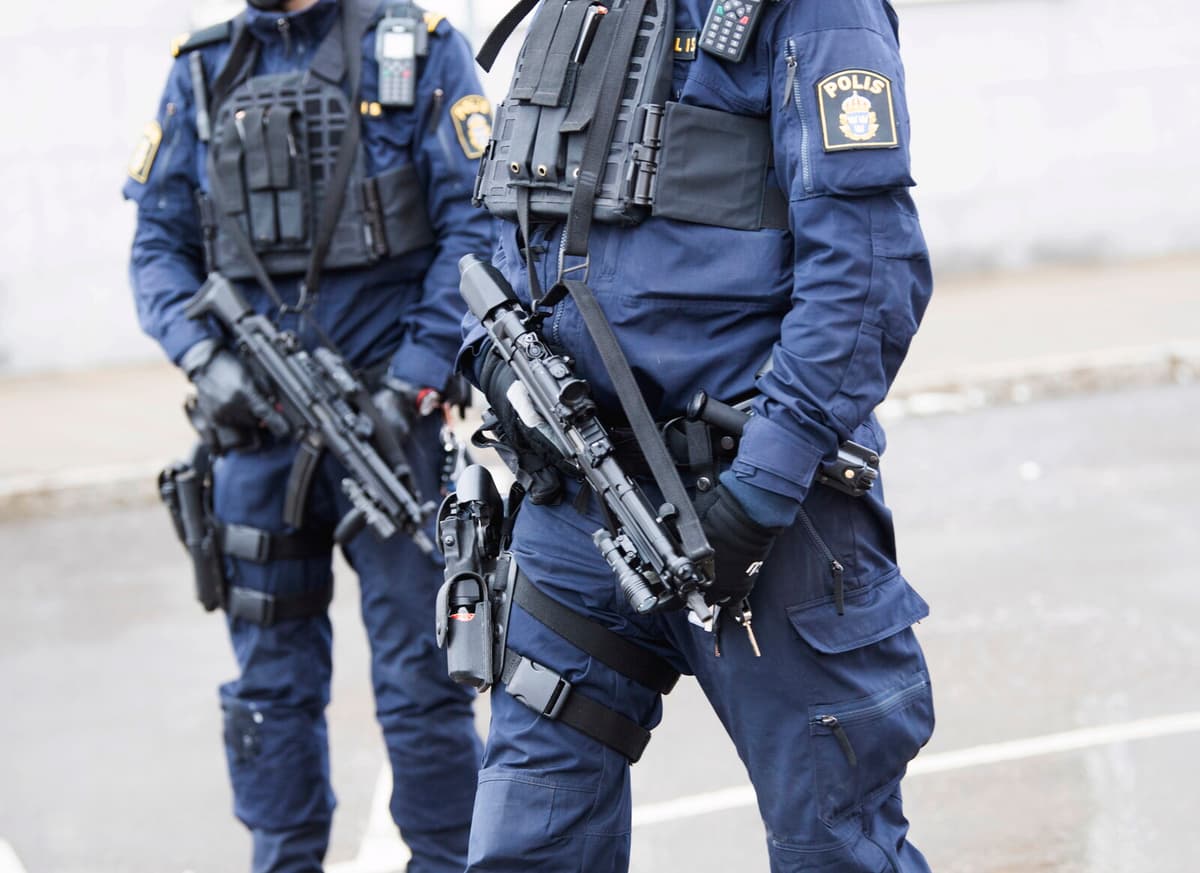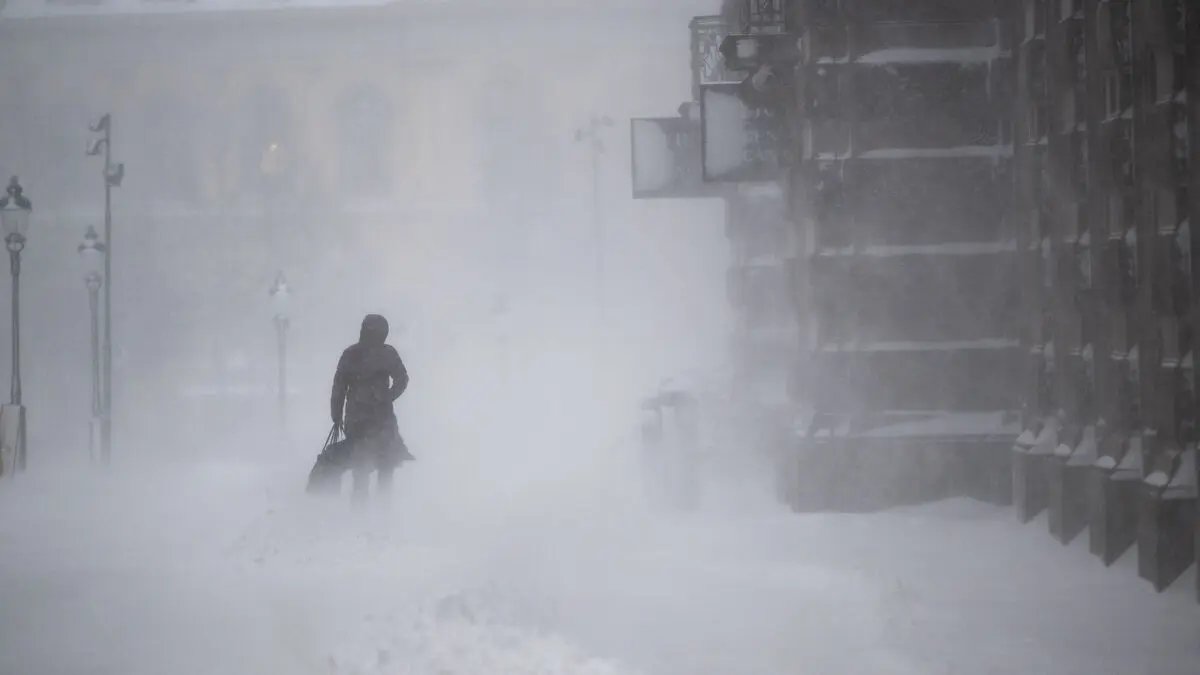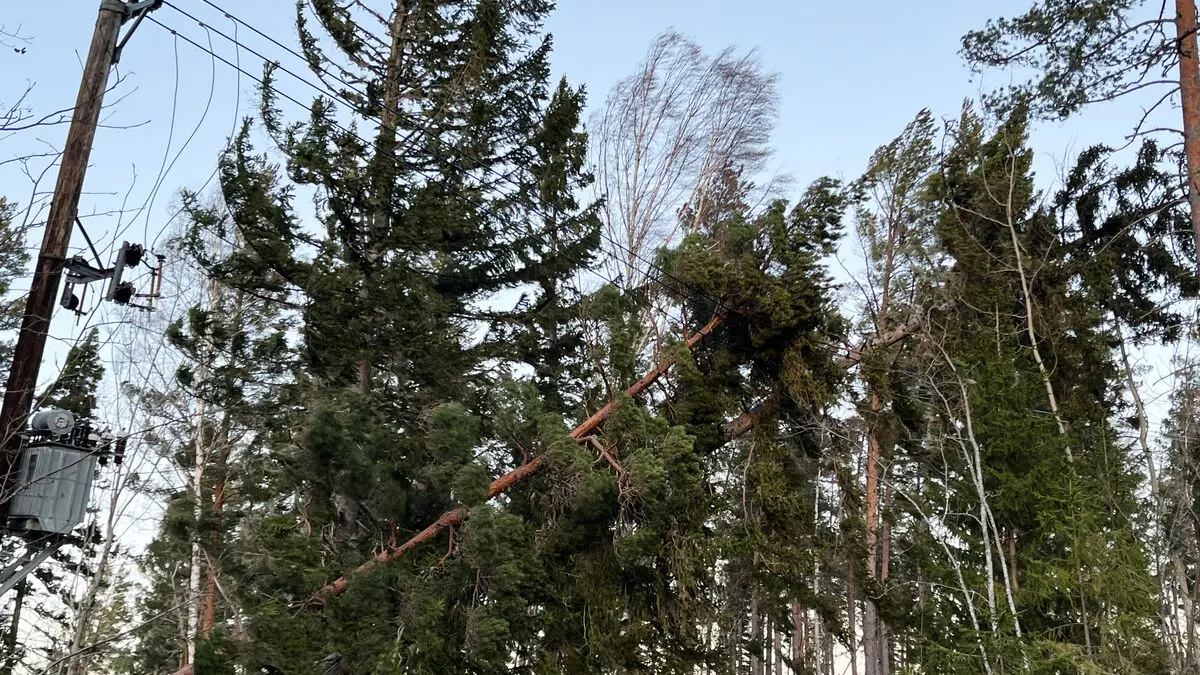The rules governing when police officers are allowed to fire their weapons are considered outdated, and the government wants to replace them with a new firearms law.
The law will regulate in which situations and under what conditions the police are allowed to shoot. For example, it will be permitted to prevent serious violence against police or the general public, to apprehend someone or prevent them from escaping, if the person is deemed to pose a serious threat, and to prevent "particularly serious criminal offenses".
According to the government, the proposal means that the police may have the right to use firearms in slightly more situations than today.
On the other hand, the law is not expected to lead to the police firing their weapons more often, since high demands are placed on the use being both necessary and justifiable.
"Firearms are one of the police's most powerful tools. Therefore, it is very important that the rules on when firearms can be used are robust. They should be restrictive and easy to apply in practice," says Minister of Justice Gunnar Strömmer (M) in a written comment.
The police carry out over a million interventions every year, and firearms are used extremely rarely. In 2023, there were 32 cases.
The Bar Association has, however, criticized the new rules for when firearms can be used during apprehensions and escapes. The Association fears that the police, unlike today, may have the right to shoot even to apprehend individuals who have committed less serious crimes.
The bill is now being sent to the Council on Legislation for review. The new firearms law is proposed to come into effect on July 1, 2026.
The new firearms law means that the police will be allowed to use firearms in three situations:
To prevent serious violence against the police officer themselves or another person.
To apprehend someone or prevent a person from escaping, if the person can be assumed to pose a serious threat to other people or if weapons are used during the escape.
To prevent other particularly serious criminal offenses or serious threats to life and health.
Source: The Government





